Recently Vitesse became the first Dutch football club to be acquired by a foreign investor. With this take-over Vitesse appears to be saved from bankruptcy as the club has been in financial difficulties for several seasons. Opportunism is the name of the game, as both supporters and new club owner expect to become national champions within 3 years. This may be a bit overly optimistic and lacking any realism. Clearly Vitesse’s financial situation is to improve but this will not mean the club now can spend zillions of money on buying new players. It’s precisely this what UEFA’s financial fair play plan is designed for; to stop reckless spending by clubs and to stop rich benefactors (or sugar daddies) from injecting large amounts of cash.
Caution required! Supporters and management of Vitesse are over the moon. The club appears to be saved. The Georgian investor Merab Zjordania has bought all the shares of the club and hence the club is no longer in financial troubles. Good news of course! Most of Holland’s football clubs have similar problems and any club saved from potentially going down should be cherished. Nevertheless, the club and supporters should be careful not to get totally carried away. For the first time since the nineties Vitesse is talking again of becoming national champions and entering the champions league. In the nineties this also happened when Karel Aalbers took the reigns. He also had big ambitions with the club, but we know what happened, it all ended in tears; Vitesse almost went bankrupt and could just be saved by outside parties and the local municipality. We do not say the story will repeat itself as circumstances are different this time. What we do say is that the club should be cautious and manage expectations properly as there are several risks looming around the corner, which we will briefly address. See article Telegraaf
UEFA’s financial fairplay plan limits reckless spending. In Vitesse’s press conference there was mention of the club attracting all kind of new players. It is precisely this that the UEFA will attempt to stop. UEFA’s financial fair play plan (FPP) is designed to stop the reckless spending by clubs and to stop rich benefactors from injecting large amounts of cash as this distorts the transfer market. Supported by the European Club Association, the following main new rules will be set in motion:
- Clubs will only be allowed to enter European competition if their generated revenues – money from sources such as television rights, gate receipts, competition prize money and sponsorship – is equal to or greater than their expenditures. This rule will run into effect for the reporting season ending 2012 whilst the first season that clubs can be banned from European competition will be 2014-15. What this means is that UEFA is actually looking at the Profit and Loss account of a club. If paid salaries are over the top and not covered by revenues, it means PROBLEMS! So reckless spending on players won’t do the trick as salaries for these players will be too high! Revenues should be increased and this won’t be easy in the current Dutch setting! The creative masterminds who claim that there are loopholes around this should be careful. Constructions such as benefactors paying excessive amounts for sponsoring or lounges in the stadium won’t work; the UEFA will likely judge at arm’s length! Moreover governance and transparency will become of extreme importance, something which will not always come easy. What does this mean? It means that wages and transfer fees in particular are under surveillance! However there is also good news; sugar daddies can still invest in stadiums, training grounds and youth development as these will be kept out of any calculations
- As of June 1, 2011 clubs will no longer be allowed to owe money to other clubs, players, tax authorities and social service departments. Hence this concerns particularly the balance sheet. This is where benefactors can help out! In fact sugar daddies are allowed to contribute up to a maximum of 45 million Euros for the 2013-14 and 2014-15 seasons together. This will be reduced to 30 million Euros for the period covering 2015-16, 2016-2018. This obviously is good news for Vitesse as debt can be reduced and structural long-term investments can be made. As far as investments in players are concerned, yes these investments can be made, but (as said) only if the accompanying expenses are covered by revenues. See recent article financial fair play
For the non financial wizards amongst us, this may all sound like akakadbra, so let’s simplify it! Under the new circumstances Vitesse cannot invest without any limits in new expensive players. What it can do is investing in the future of the club! In fact the new rules may be regarded as a blessing as they should guarantee the sustainability of the club! So every reason to cheer! With the help of the new investor Vitesse is here to stay and with a solid long term policy (see FC Twente) it might even become champion sometime in the future. However this is unlikely to take place in the near future as revenues are not sufficient as of yet to allow the investment in expensive players. There is every reason to be happy but it should pay tribute to management if it would be a bit more cautious in managing expectations as far as the championship is concerned!
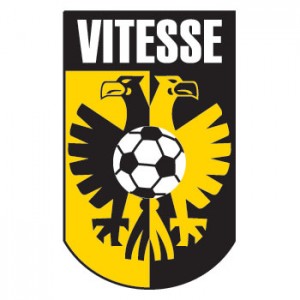
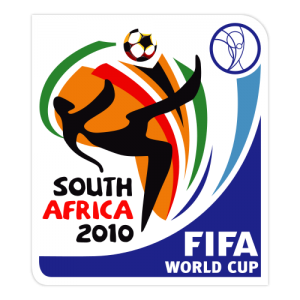
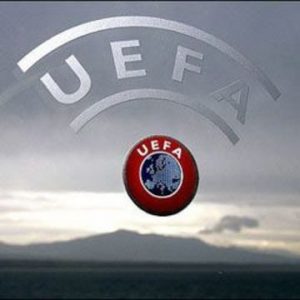 UEFA’s Executive Committee has approved a set of key regulations as part of the financial fair play concept designed to bring greater stability to European football in the coming years. This should be seen as a step in the right direction. Although the new rules will take nothing away from the financial muscle power of the bigger clubs or will lead to increased competitiveness within the leagues, it should particularly help the long term sustainability of clubs and hence the game.
UEFA’s Executive Committee has approved a set of key regulations as part of the financial fair play concept designed to bring greater stability to European football in the coming years. This should be seen as a step in the right direction. Although the new rules will take nothing away from the financial muscle power of the bigger clubs or will lead to increased competitiveness within the leagues, it should particularly help the long term sustainability of clubs and hence the game.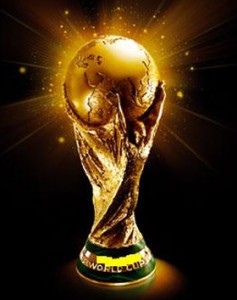
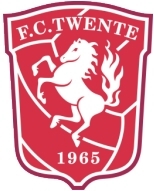

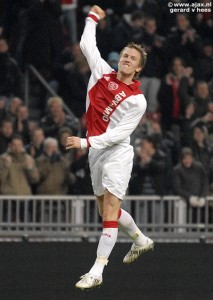
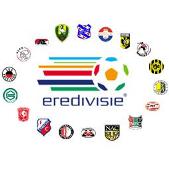

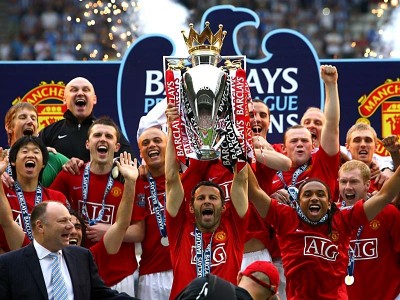 It is still early days in the different European football competitions. In most cases we are not even halfway yet. Nevertheless speculating in the different countries on who will become the league champion has already started again. In most leagues the usual suspects are being mentioned, no surprise really….However, in some leagues there seem to be some new kids on the block. Whether it is FC Twente in The Netherlands, Sporting Braga in Portugal, Odense in Denmark or Bayern Leverkusen in Germany, all are relatively new to the art of winning their league, but all these teams are currently in the lead. The odds (as we will see) are against and I’ll bet you that in the end quite a few of these exotics will not realize their dream, at least not during this season.
It is still early days in the different European football competitions. In most cases we are not even halfway yet. Nevertheless speculating in the different countries on who will become the league champion has already started again. In most leagues the usual suspects are being mentioned, no surprise really….However, in some leagues there seem to be some new kids on the block. Whether it is FC Twente in The Netherlands, Sporting Braga in Portugal, Odense in Denmark or Bayern Leverkusen in Germany, all are relatively new to the art of winning their league, but all these teams are currently in the lead. The odds (as we will see) are against and I’ll bet you that in the end quite a few of these exotics will not realize their dream, at least not during this season.